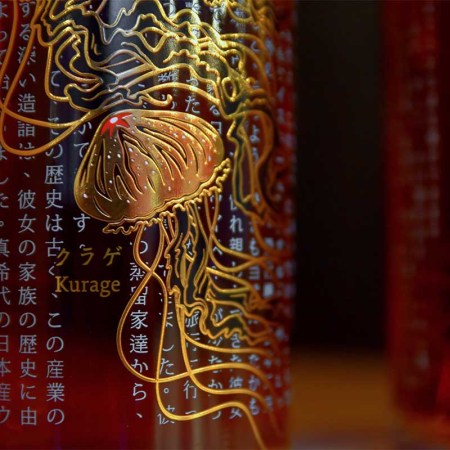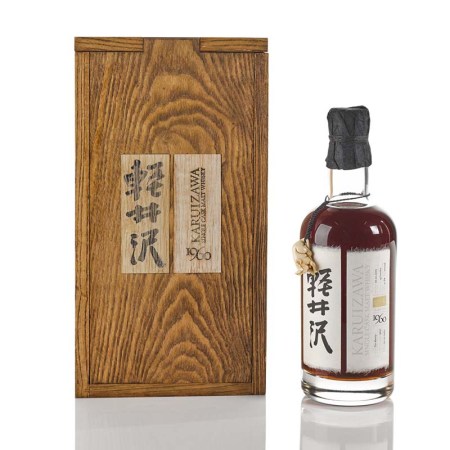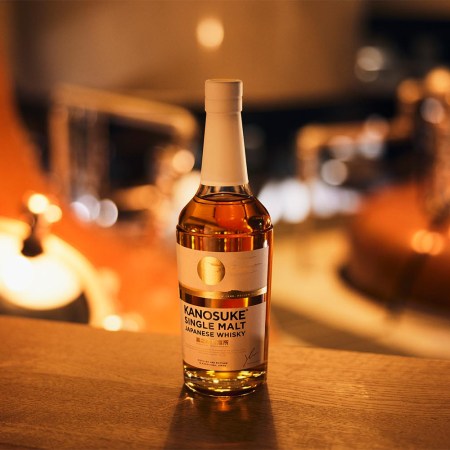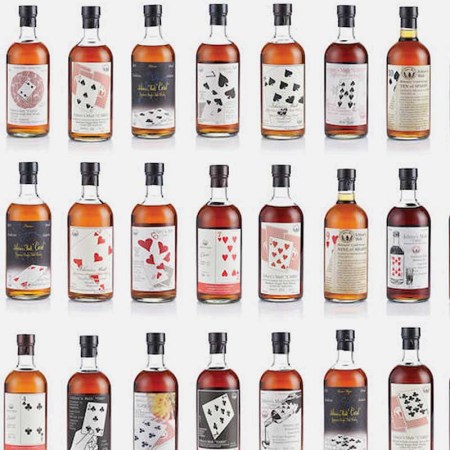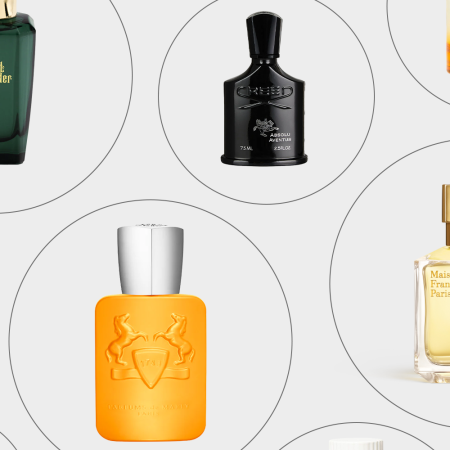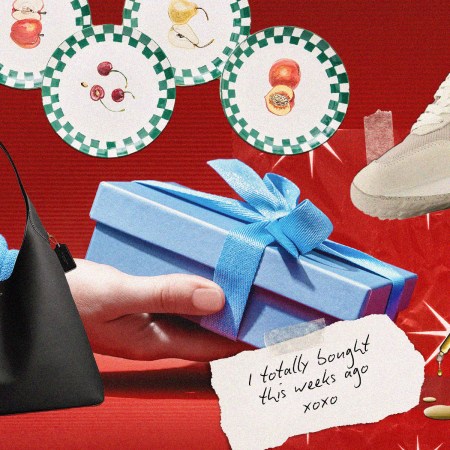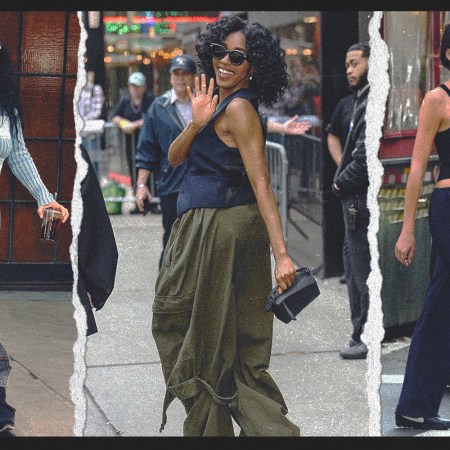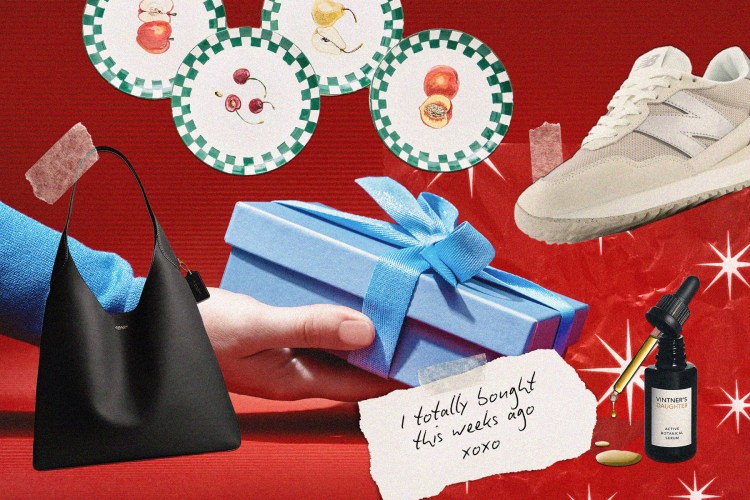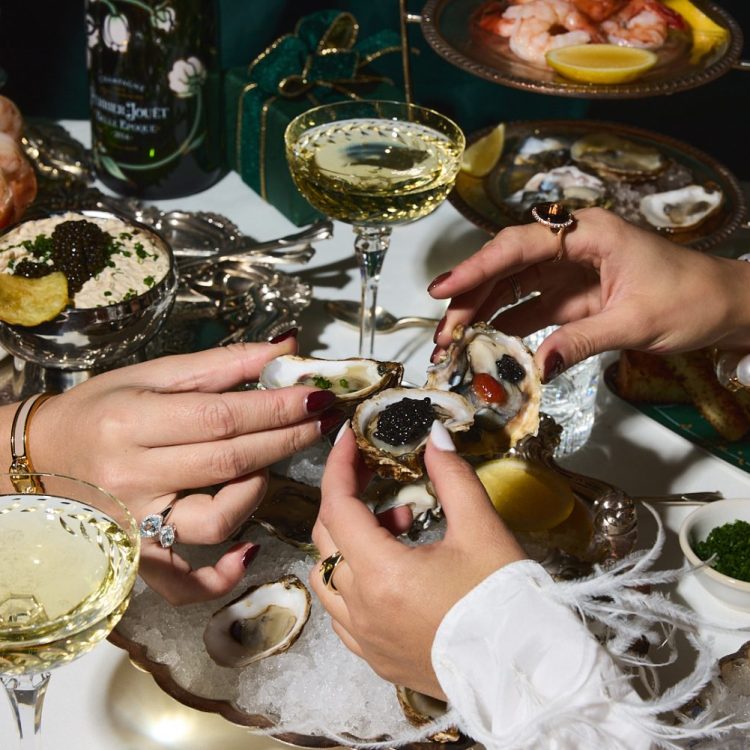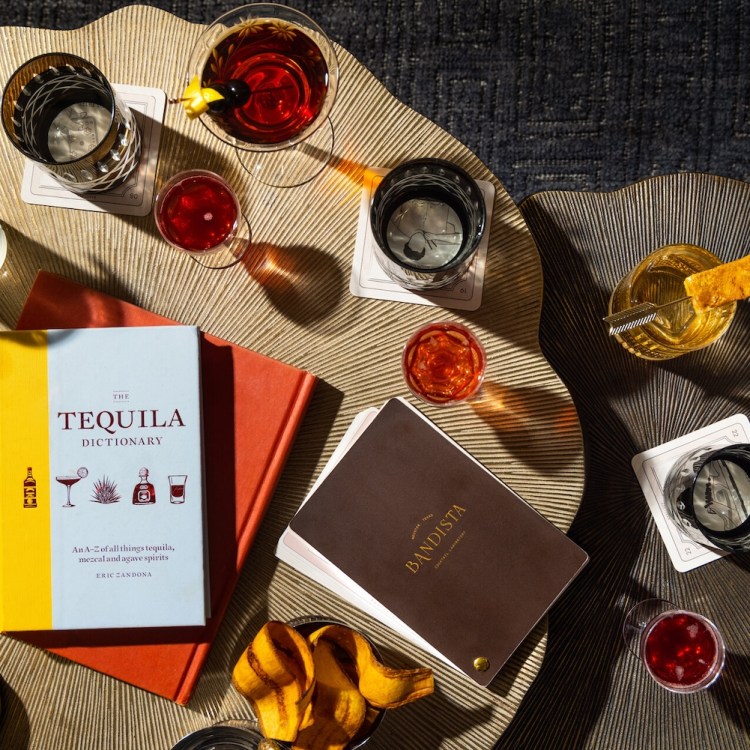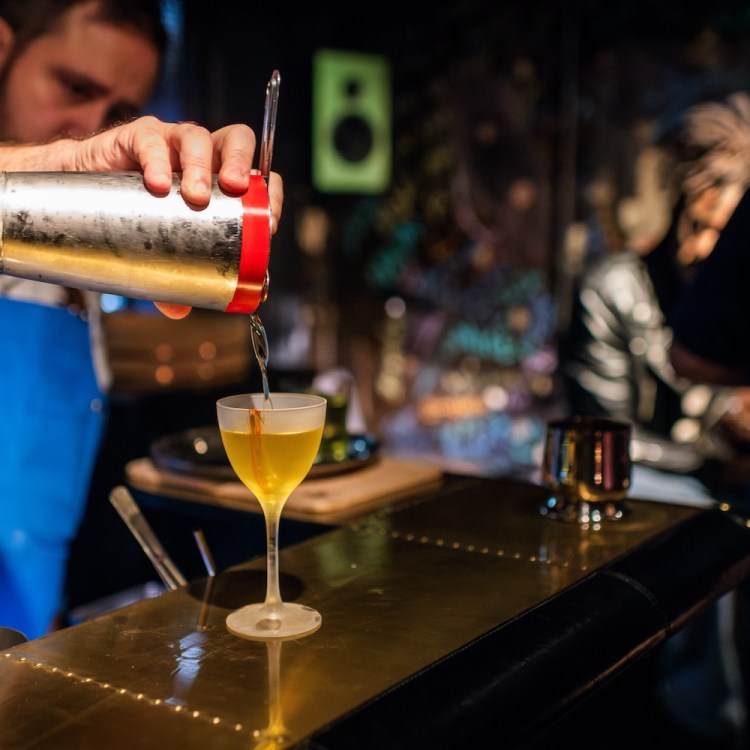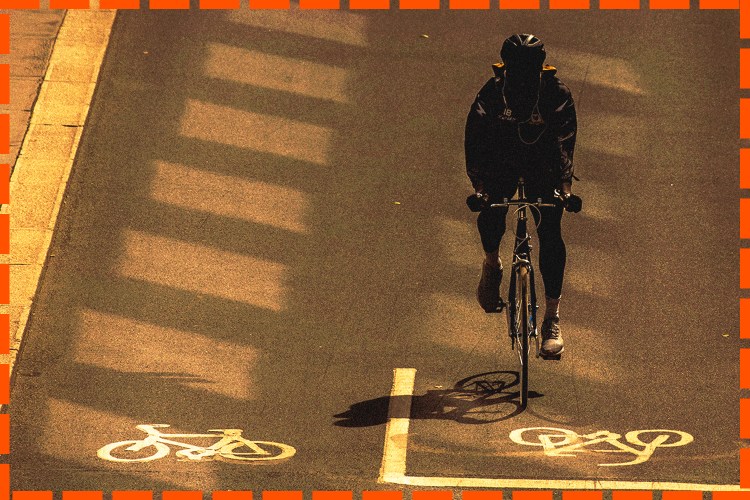The original Karuizawa in Miyota, Japan, closed its doors in 2000. Years later, bottles from the shuttered Japanese whisky distillery began setting records at auction. Now, thanks to recent investment and a partnership with Japanese whisky specialists dekantã, Karuizawa lives on in a slightly different but familiar form. But you’ll have to wait a while to taste any of these single malts.
A bit of backstory: Karuizawa distillery was established in 1955 at the foothills of Mount Asama, an active volcano. At the time, it was the highest distillery in Japan (850 meters above sea level) and the country’s smallest whisky producer. The whisky was mainly used in blending, but a small number of single malts were released in the 1980s and ’90s. The distillery went silent in 2000, predating a booming global interest in Japanese whisky. Bottles from those late 20th-century single malt casks have been reselling at five- and six-figure rates; for a brief time, a bottle of Karuizawa was the single most expensive bottle of Japanese whisky ever sold at auction.
The brand was revived in 2022 with a new distillery built by Shigeru Totsuka, located a few miles from the original location and now actually in the town of Karuizawa. The distillery hired former Karuizawa Master Distiller, Osami Uchibori, as an advisor. He sadly passed away soon after, but his apprentice Yoshiyuki Nakazato now serves as Master Distiller.
Don’t Miss These Incredible Overlooked Destinations in Japan
Visit these Japanese hidden gem destinations on your next tripThe new Karuizawa represents a nod to the past and future. The distillery utilizes sherry cask maturation with a minimum aging requirement of 10 years. This means you’ll have a while before tasting anything new, but through its global partnership with dekantã, the distillery is selling a limited number of single malt sherry casks from Karuizawa Whisky, which are available for their loyal customers to buy. According to the retailer, cask purchases come with opportunities to sample the liquid, visit the distillery and create an independent bottling of Karuizawa single malt whisky once the 10-year minimum aging requirement has been met.
There’s admittedly been some rumblings in the whisky community about whether it’s fair to call this revival Karuizawa — it’s in a different location, albeit utilizing some of the same staff. All certainly debatable points, but because we’re years away from actually trying the product (and let’s be honest, pretty much every major whisky brand has been sold or moved at some point), I believe it’s perfectly acceptable for the new/old team to carry on the legacy under the original name.
We conducted an email interview — utilizing some translation help — with Totsuka San (Karuizawa’s founder and CEO) and Nakazato San (Master Distiller) to get a little more background on the distillery’s revival.

InsideHook: Why did the distillery close in 2000?
Totsuka San: The original Karuizawa Distillery owned by Mercian closed its doors because of a lack of demand for Japanese whisky at the time. The industry had just suffered what is known as the “silent period” of the late ‘80s and ‘90s, when demand at home dropped as people started drinking more shochu and sake again and had no real taste for whisky. At that time, the international market for Japanese whisky was virtually non-existent. It was unfortunate timing because only a few years later the Japanese whisky boom began, and demand soared both at home and abroad. But this could simply not have been foreseen.
What was the inspiration for bringing it back?
TS: I have always been inspired to build a whisky distillery in Karuizawa, and when I got introduced to the legendary Osami Uchibori — the Master Distiller at the original Karuizawa Distillery — I got very excited about the opportunity on the horizon. His knowledge of whisky and the incredible original Karuizawa whisky that he tasted with me inspired me to bring Karuizawa Whisky back to life and bring the joys of this iconic liquid to whisky fans everywhere once again.
Will any of the new whisky being produced be similar in style and production to the way the whisky was produced before 2000?
TS: Yes, we are aiming to produce a whisky that honors the legacy of what came before and hopefully surpasses it in terms of quality. We have taken steps to ensure we do things in the same way, as much as possible. From having our stills custom-made in the same style as the old stills, with the same unique attributes such as the flat bottom and angled line arm, to using top-quality sherry casks for maturation. We have even laid out the inside of the distillery in the same way as the old Karuizawa.
We do all of our work manually, with no automation, so everything is done by touch, feel and taste, as it was in the old days. We also have some important connections to the old distillery. We had Uchibori San, the previous Master Distiller, as a close advisor until he sadly passed away, and we have his most trusted apprentice — Yoshiyuki Nakazato — as our new Master Distiller. There are still old and rare bottles out there with Nakazato San’s signature on them from his time at the original Karuizawa Distillery.

What will be different about the whisky being produced now at the distillery?
Nakazato San: Our whisky will, of course, have subtle differences from the whisky made at the original Karuizawa, but we are aiming to create the spirit in the same way, with the same cask maturation and attention to detail. It is too early to tell what these subtle differences will be, but we imagine there will be some, given both the old and new were/are created through a manual process.
You’re offering casks to customers available in 10 years. What’s the interest been in these so far?
TS: We have seen a huge amount of interest in private cask ownership so far — and through our partnership with dekantā, we have now offered this worldwide. We’re absolutely delighted and somewhat humbled by the level of interest.
We’ve also had a number of private cask owners visit the distillery, and they have all been incredibly complimentary about the distillery and our whisky. This gives us great confidence that we are making superb whisky and making whisky lovers around the world happy. We want to keep growing our community and try our whisky together with them when it is finally ready in 10 years.
I realize you won’t know for years, but has anything about the whisky you’re currently producing surprised you (taste profile, etc.)?
NS: In recent decades, the evolving climate in Karuizawa has begun to offer a unique advantage for our whisky production, creating opportunities for deeper aging and more dynamic maturation throughout the year as the annual temperature variations become more pronounced. This shift in climate is not only a backdrop, but a catalyst, and has the potential to bring extraordinary benefits to our whisky, setting Karuizawa apart as the only one in the world to harness these natural conditions so effectively. We eagerly anticipate the moment when these exceptional qualities are fully realized in our final bottled creations, each one a testament to the remarkable environment that shaped it.
Join America's Fastest Growing Spirits Newsletter THE SPILL. Unlock all the reviews, recipes and revelry — and get 15% off award-winning La Tierra de Acre Mezcal.


